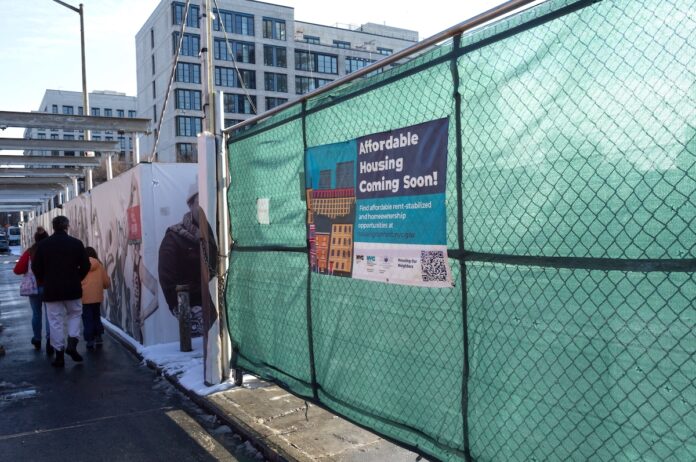New York Leads the Charge: First State to Mandate All-Electric Buildings for a Greener Future! 🌱
This heading captures attention by highlighting New York’s pioneering role in sustainable building practices while emphasizing the positive impact on the environment.
New York State Leads the Charge with All-Electric Building Mandate
Brooklyn, NY — As the sun sets over the Gowanus Canal, the skyline of Brooklyn is transforming. Dozens of large housing construction projects are underway, but these developments are not just about aesthetics; they represent a significant shift in New York’s approach to sustainability. On December 24, 2024, the New York State Assembly announced that it has become the first state in the U.S. to mandate that new buildings be constructed entirely without fossil fuel connections, including gas.
The All-Electric Buildings Act
The groundbreaking legislation, known as the All-Electric Buildings Act, was initially passed in 2023 and received final approval from the State Fire Prevention and Building Code Council in late July 2025. This act requires that residential buildings up to seven stories and commercial or industrial buildings up to 100,000 square feet must adhere to all-electric standards for any building permit applications approved after December 31, 2025. Larger commercial and industrial buildings exceeding 100,000 square feet will have until 2029 to comply.
This legislative move aims to significantly reduce greenhouse gas emissions, as buildings are responsible for approximately 31% of all emissions in New York State, according to a report by the New York State Department of Environmental Conservation.
Exemptions and Legal Challenges
While the act is a significant step forward, it does include exemptions for certain types of buildings, such as agricultural facilities, medical centers, crematoriums, and laboratories, which meet specific criteria. The finalization of the rule follows a pivotal court ruling in July 2025, where the U.S. District Court of the Northern District of New York upheld the state’s right to enact the All-Electric Building Act. This decision came despite challenges from building and fossil fuel groups, which had previously succeeded in overturning similar legislation in Berkeley, California.
Dawn Wells-Clyburn, executive director of PUSH Buffalo, remarked, “The fossil fuel industry was sent a powerful message by the court in this case — the health, well-being, affordability, and prosperity of our communities matters more than the industry’s profits and the hollowness of its fear mongering.”
However, the act may still face legal hurdles, as industry groups have requested intervention from the U.S. Department of Justice to block its implementation.
Economic and Environmental Benefits
The All-Electric Buildings Act is not just an environmental win; it also promises economic benefits. According to estimates, the new regulations could reduce energy usage in New York homes by approximately 17%, translating to nearly $5,000 in savings per household over 30 years. The New Buildings Institute further suggests that building decarbonization could lead to savings of $7,500 to $8,200 for constructing 100% electric single-family homes compared to traditional homes.
Alex Beauchamp, Northeast region director at Food & Water Watch, emphasized the importance of community action in achieving this legislative victory. “When New Yorkers come together… we can win even in the face of opponents with an almost-limitless budget,” he stated.
Looking Ahead
As construction along the Gowanus Canal continues, the implications of the All-Electric Buildings Act will be closely monitored. The mandate not only sets a precedent for other states but also serves as a model for urban development that prioritizes sustainability and public health.
With the act in place, New York is poised to lead the nation in reducing carbon emissions from the built environment, paving the way for a cleaner, more sustainable future. As the city evolves, it will be crucial to watch how these new regulations impact both the construction industry and the residents of New York.
For more information on the All-Electric Buildings Act and its implications, visit the New York State Assembly and the New York State Department of Environmental Conservation.
